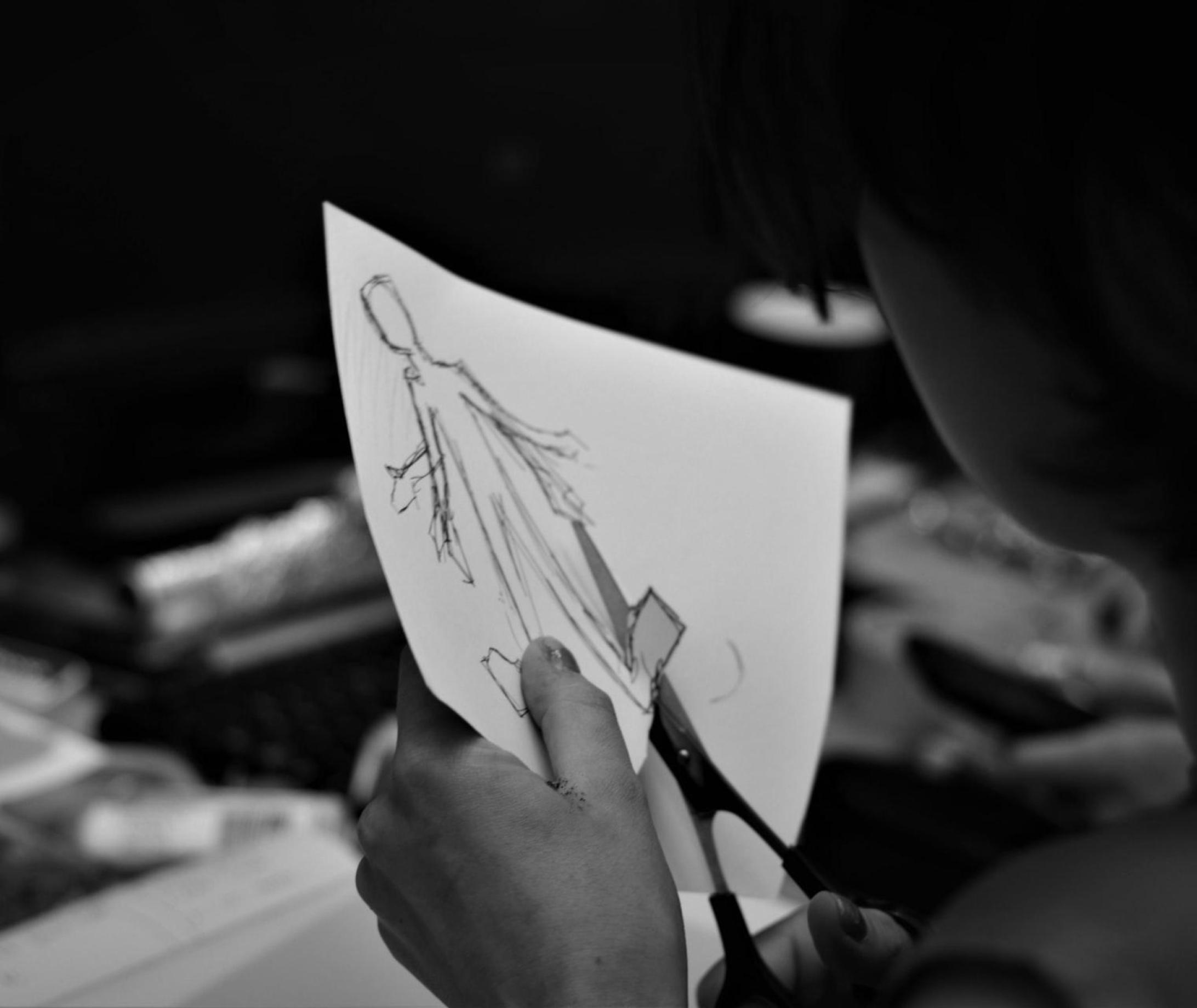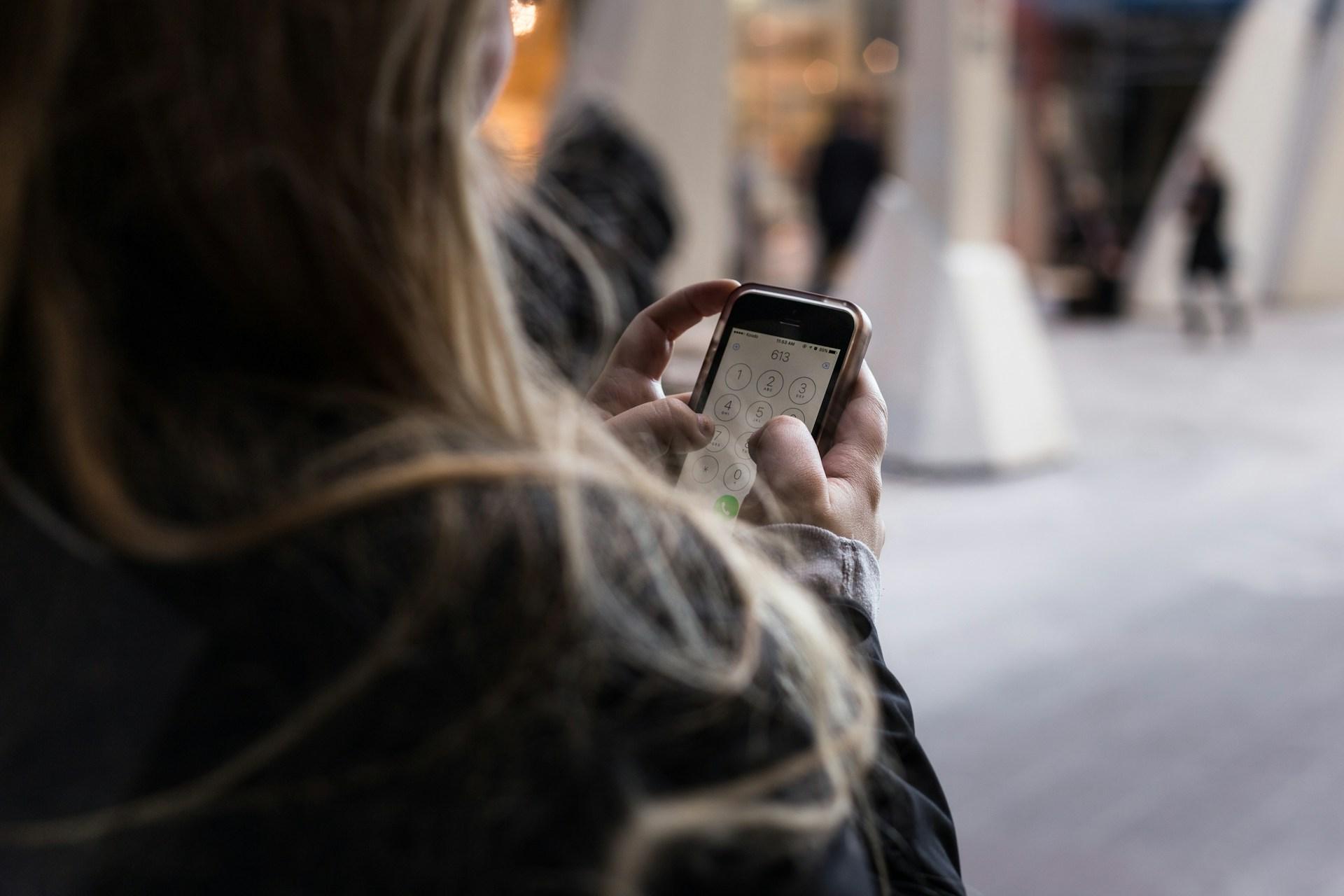Design
The power of visuals to tell a story

Communication has never been as important as it is today because we live in an age of digital disruption, where we now spend more time on our devices than we ever have before. In these technologically integrated times, attention spans are short. In times of message saturation and information overload it can be harder than ever to cut through the noise.
If you have important data to share, you need to make the complex, simple. Using visuals in a story helps to take the mess of data and turn it into something that is accessible, memorable and beautiful.
The relevance of visuals in a changing world
Visuals are a great leveller. No matter what kind of education level you have or language you speak, everyone can understand visuals. Visuals enable people to gain a deeper and faster grasp of information, which might not be as clear through words.
Visuals have been utilised throughout history and humanities existence, dating back to cave paintings and hieroglyphs. The cliché of ‘a picture tells a thousand words’ is a cliché for a reason. You can say a lot with words, but the problem is you must either be really good with words or you’ve got to use a lot of words. Both can be hurdles for accessibility. It’s not enough for someone to understand something. They’ve got to understand it, remember it and then they’ve got to act on it. A visceral connection to a concept or data point helps with these three areas; understanding, memory and inspiration to act on it.
The power of storytelling
Like visuals, stories are a great leveller, because everyone has a story. Storytelling is an ancient and timeless form of communication and has been the method through which knowledge has been transferred from generation to generation. The powerful aspect of storytelling is the connections that it forms between human beings. We’re built for relationships and stories connect people, places and ideas. They form bonds between people. Regardless of whether you are a visual, auditory or kinaesthetic learner, there are aspects of storytelling which work for all three. Visual learners picture the story in their mind’s eye. Auditory learners hear the words of the story and kinaesthetic learners feel the emotions that the characters experience. Storytelling works for everyone.
The elements that make up a good story (progression, journey, narrative, suspense, cliff-hangers), release chemicals in the brain like dopamine, which helps people focus, have motivation and remember things. This comes from storytelling when you might be waiting for something to happen or left on a cliffhanger of a good TV episode.

Then there is oxytocin, which helps people to be generous, to trust and bond with people. That comes through the empathetic idea of storytelling that you can relate to the characters, their experiences, and translate to that to your own environment. Then there are endorphins as well, which help people to be creative, relaxed, and focused. The simplest way to explain it is that it comes from laughter. There is so much goodness around stories and it is inherent to who we are as human beings, how we have always communicated and transferred information and how we experience life.



